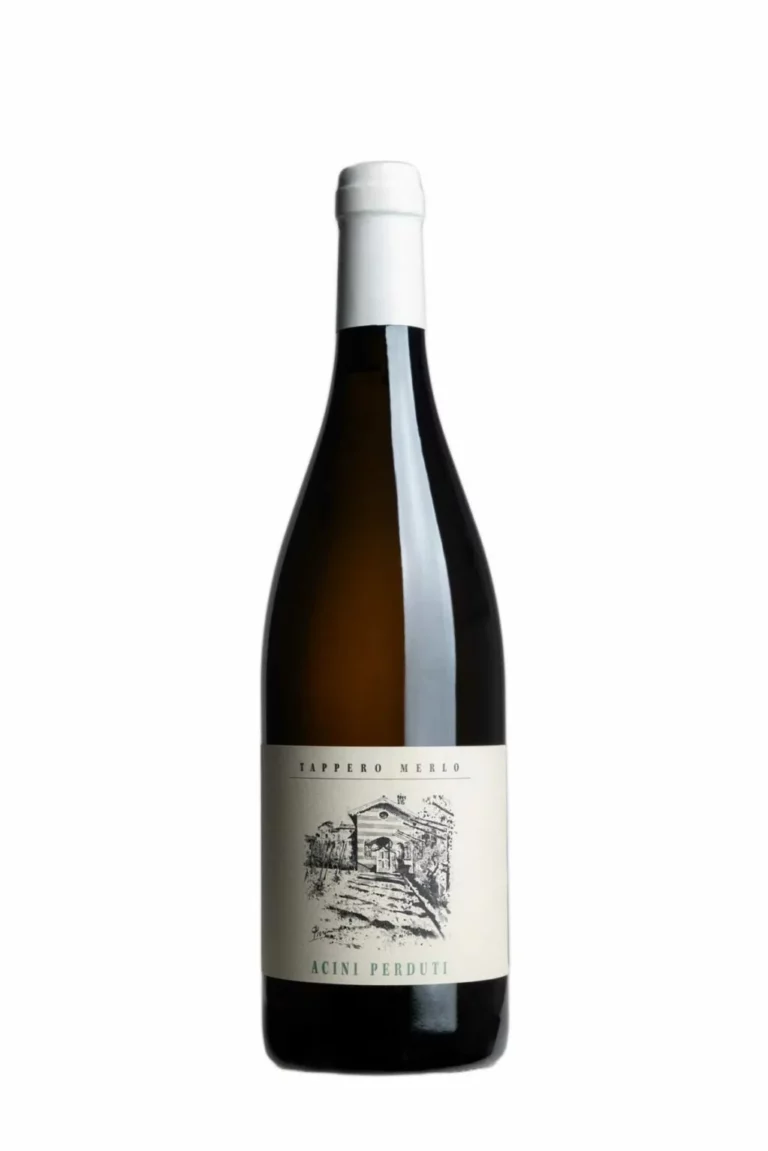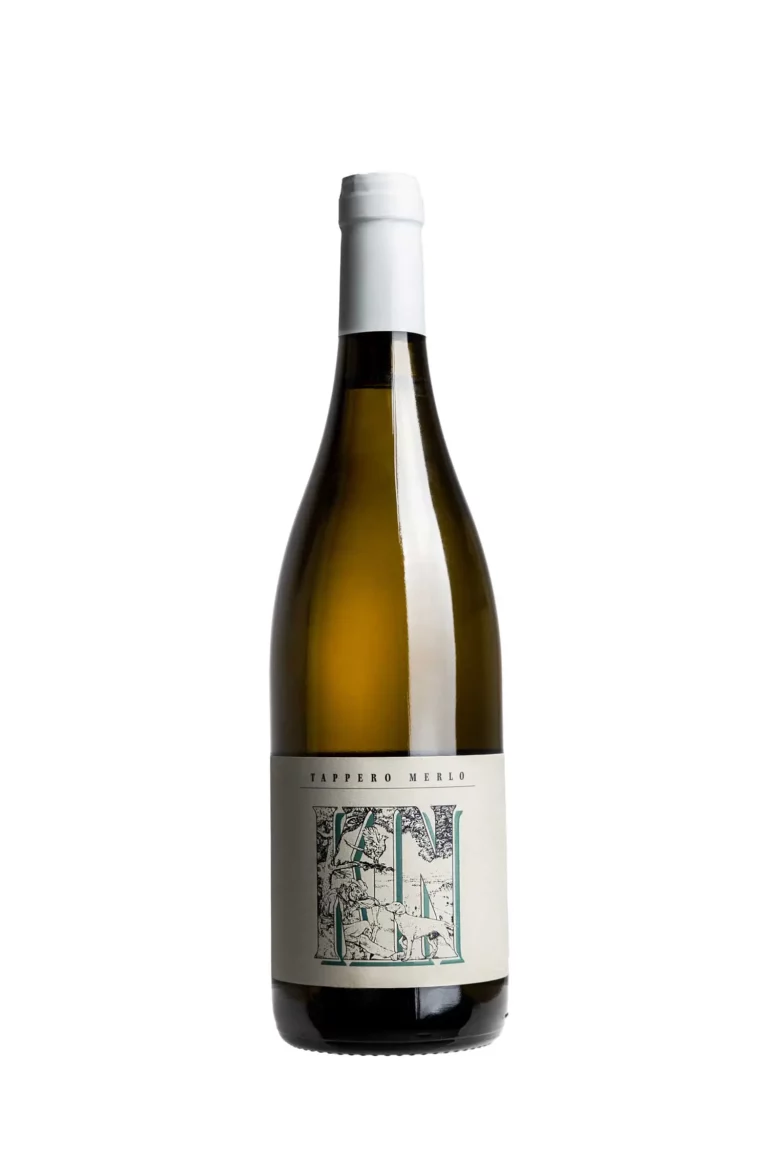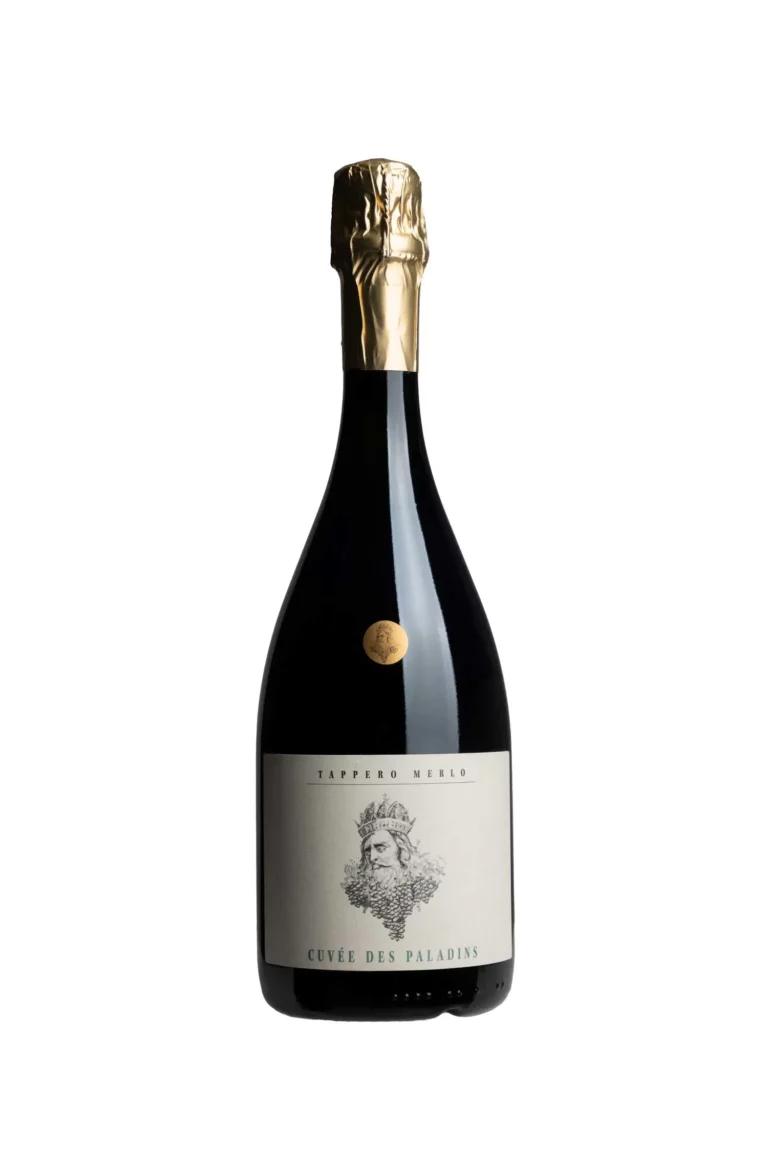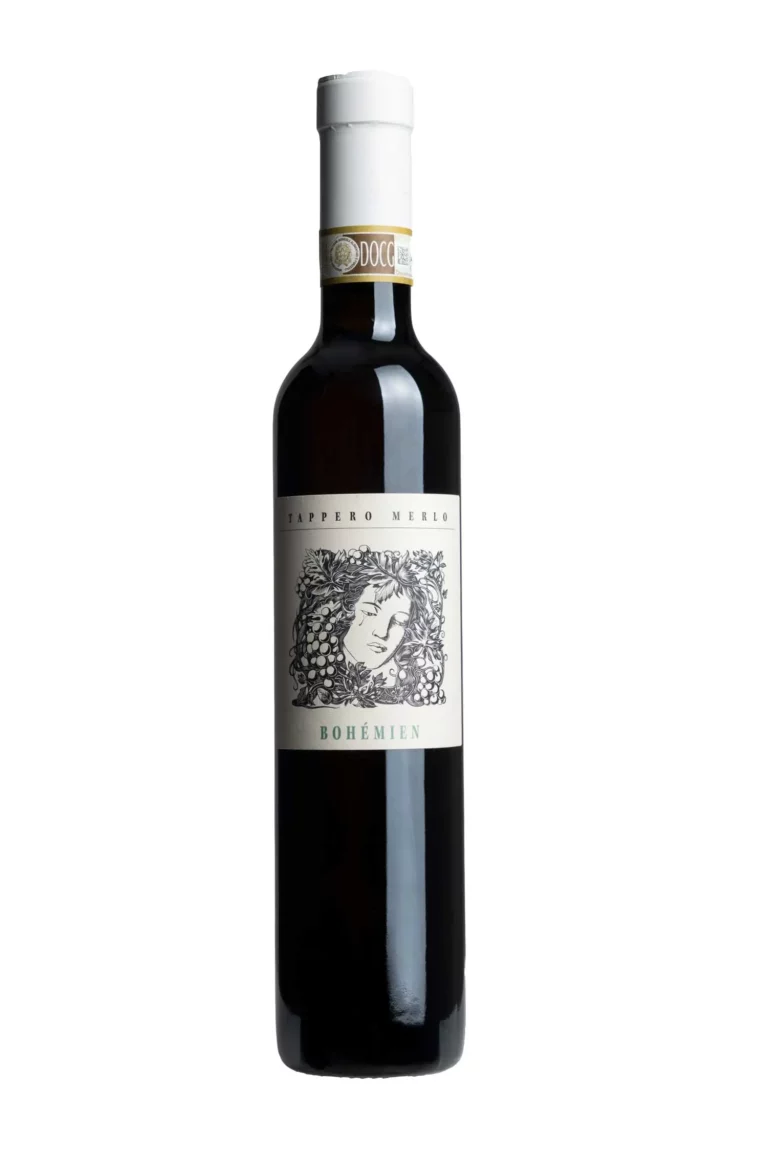tappero merlo
Vines, vineyards and wines
“…Wine is like poetry that is best enjoyed and truly understood only when one studies the life, other works, and character of the poet; when one becomes familiar with the environment where it was born, with its world…”
Mario Soldati

The Art of aging Erbaluce
Through Erbaluce, we narrate the story and cultural essence of Canavese.
Our wines
I dreamed of producing white wines for ageing, wines that could enhance the characteristics of the territory, encapsulate the essence of the morainic amphitheater and the strength of the glacier that had generated it. Wines to be savoured over time and that knew how to release those granitic scents inherited from the Alpine peaks. Wines with a strong territorial imprinting that celebrated the lifelong efforts of an old winemaker: Domenico Tappero Merlo also known as “KIN”, my grandfather. A simple man of high ideals, his life punctuated by the times of vineyard and cellar, because nothing was more important than his wines.
To obtain these wines we have worked especially in the vineyard where, instead of the traditional pergola, we have preferred “guyot” with 10 buds per fruit for a yield of 1.5 kg per vine, in order to harvest perfectly identical bunches of grapes throughout the vineyard, also not practicing any chemical weeding to encourage the activity of the microflora and microfauna of the soil capable of transferring minerals to the vine in a form assimilable by the plant and from it to the grapes to obtain wines representative of the soils in which the vine grows. Spontaneous fermentations on indigenous yeasts, ageing in large oak barrels and a long stay in the bottle help to shape the wine’s olfactory profile before its release, which will occur 40 months after the harvest.

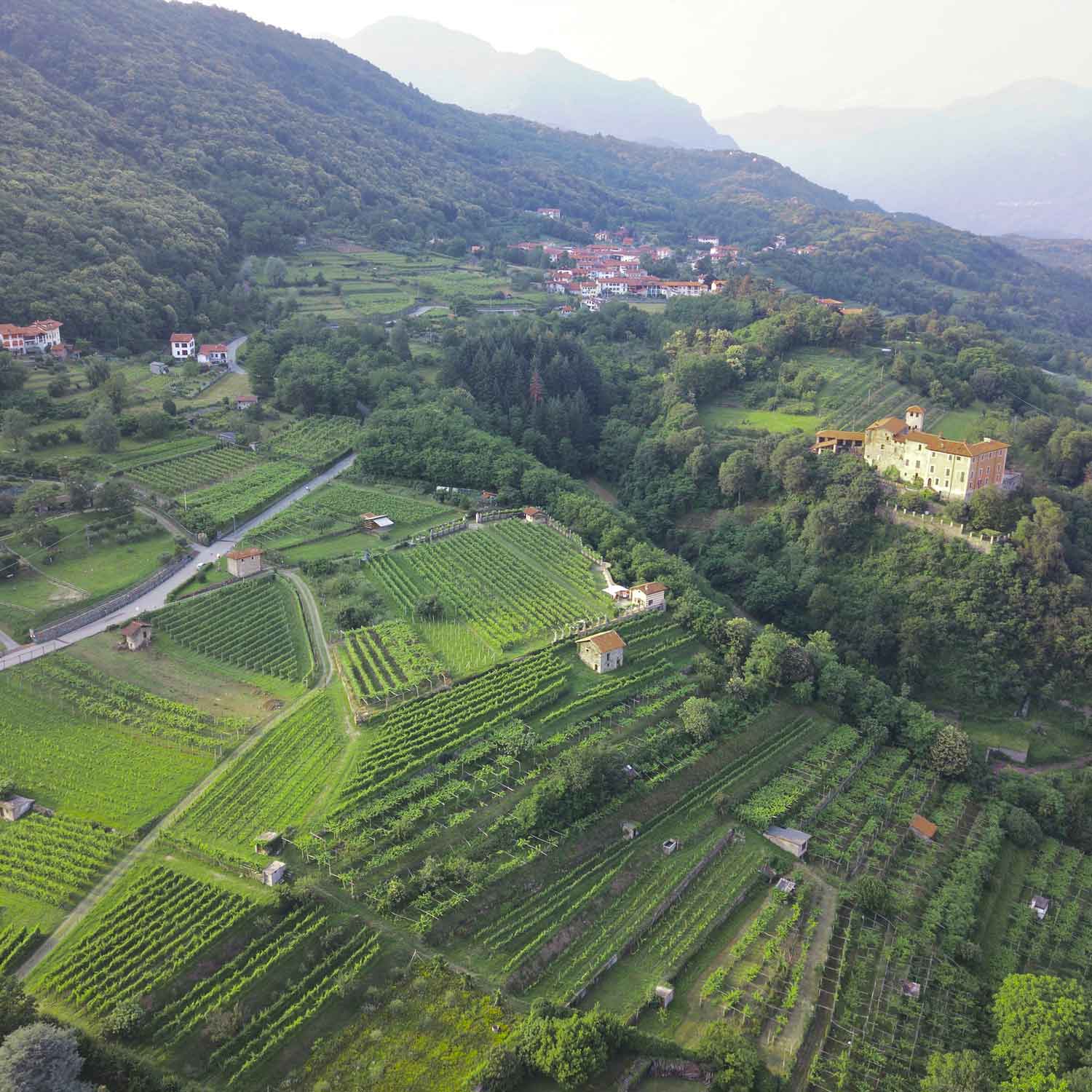
our vineyards
Our vineyards are located on the inner slopes of the Ivrea Morainic Amphitheater , in the municipalities of Parella, Colleretto Giacosa, Loranzè and Piverone with an extension of about 3 hectares. They are located on the youngest moraines of the amphitheater, formed about 10,000 years ago, on the bed of ancient landslides, on small terraces of glacial carryover or, as in Piverone, on the banks of the ancient lake formed after the melting of the Balteo glacier and that occupied the inner plain of the morainic amphitheater.
Very poor soils, devoid of organic matter, dotted with erratic boulders, rock fragments, stones and sands originated by the abrasive action of the glacier on the flanks of the Valdostan Alps.
Highly acidic soils with very low water retention that force the roots of the vines to reach deep in search of water stability. The extremely natural management of the vineyards, protects the activity of the microflora and microfauna present in the soils favoring, through their action, the assimilation of the many mineral compounds present in the soil then giving the wines distinctive and unmistakable characters.
our grapes
We primarily cultivate Erbaluce, a very ancient grape, certainly native to the Piedmont foothills between Canavese, Valle d’Aosta, Savoy, and the Swiss Valais. It is an extremely versatile and multifaceted grape, with acidity being its strong point, producing wines of great character whether sparkling, still, or passito. These wines are highly expressive with incredible aging potential, characterized by their pleasant citrusy freshness and complex salinity imparted by the Alps.
Erbaluce is a very vigorous grape, sterile on the basal buds, which we cultivate using the “Guyot” system to obtain wines of significant structure suitable for long aging.
The second grape we cultivate is Malvasia Moscata, an ancient variety that had already disappeared by the early 1800s in favor of Moscato. This grape is characterized by aromas of aromatic herbs such as sage, thyme, marjoram, basil, and rue, along with fresh scents of apple, pear, peach, and flowers such as acacia and broom. It is also a vigorous variety, sterile on the basal buds, and we train it using the Guyot system. It produces delicate, fragrant wines and excels when blended with Erbaluce, which adds fresh and citrusy notes.

Vines, vineyards and wines
The legend of the Nymph Albaluce
Once upon a time on the moraine hills left by the great glacier Balteo lived the nymphs of the lake, of the woods, of the springs, worshipped together with Night, the Sun, the Moon, the Winds and the Stars. Alba was one of those nymphs. One day, with the help of clouds, the Sun secretly appeared to Alba, who, enraptured by such beauty, immediately fell in love. The encounter was difficult, because the weather allowed the Sun to appear only when Dawn was already gone. It was a chase full of anxiety. The whole universe suffered from it: the Stars, the Moon and Mother Earth herself. The Moon, sister of the Sun, found a solution. She decided one day not to leave the sky, but to interject herself in the path of the Sun, so that the latter, hidden, could reach the Earth to meet Alba. The embrace between the two lovers took place on the highest of the hills surrounding Caluso. “It is an eclipse,” said the wise men. “It was a dream of love come true,” the legend ruled. From that love a child was born: she had sky-colored eyes, dewy skin, and long hair shining like sunbeams. She was gentle and noble, and was named after Albaluce. The fame of her beauty reached far beyond the hills of Caluso. Every year hunters and farmers, shepherds and fishermen would come to the temple and offer her the fruits of the field, meat, fish with glistening scales and fresh cheese in rush baskets.
They feasted, exchanged goods, paid homage to her, to the beautiful Albaluce, who sailed on the lake led by white swans. But here one day came the tribal leaders at the command of Queen Ypa. Land to cultivate is needed; the lake does not bear sufficient fruit. The green streams, the clear waters must make way for fields where to sow. The great canal hat will drain the waters is dug but the water thus forced will overwhelm everything, sowing death. Albaluce is sad when around her gathered seven youths who remained faithful to the ancient rite. It is not proper of the goddesses to weep but equally a tear descends on the shriveled shrubs, which replete the green banks . It is the weeping of the Sun and the Dawn, it is a weeping that restores life. Those tears transform the dry shrubs into vigorous vines, from which long branches rise and from them hang sweet, golden, clusters of juicy white grapes. It is the gift of the Goddess to her worshippers. It is the birth of the Erbaluce vine, generated by the tears of a Goddess, who has in her heart the rays of her father the Sun and the tender sweetness of Dawn, the one that rises every morning on the hills of Caluso.

